While Montreal often steals the spotlight as Quebec’s cultural hub, its provincial capital sits quietly upstream along the St. Lawrence River, offering experiences that rival European destinations without the transatlantic flight. Quebec City blends Old World charm with distinctly North American character, creating something truly unique on this continent.
Here are 20 compelling reasons why Quebec City deserves much more attention from travelers seeking authentic cultural immersion, historical depth, and natural beauty.
The Only Walled City in North America
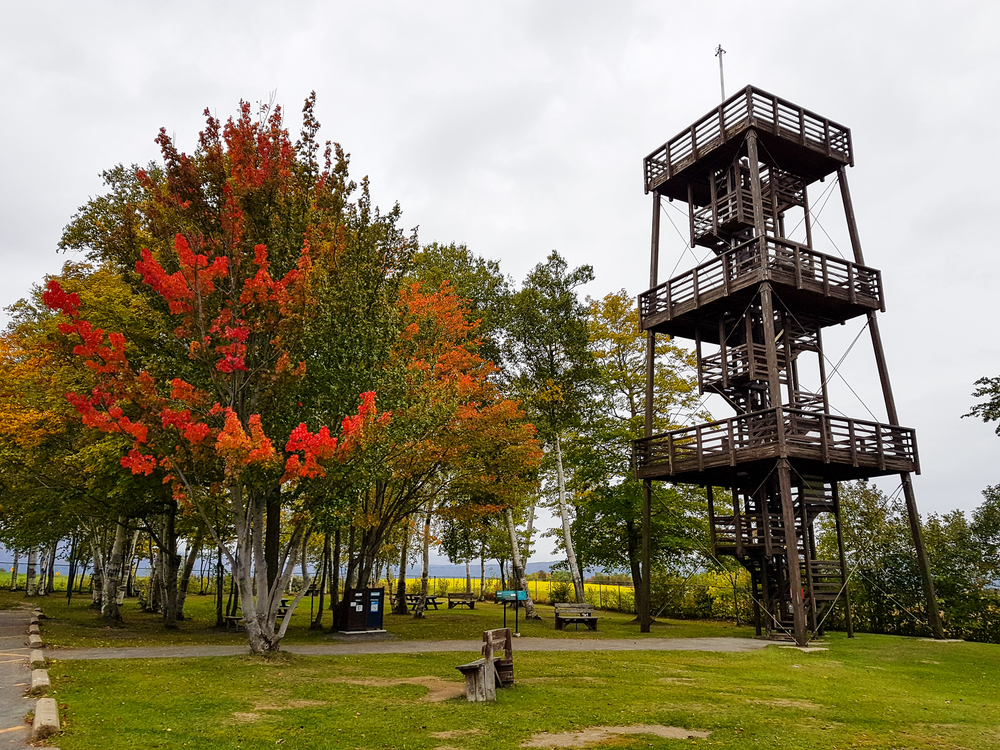
Quebec City’s fortified colonial core stands as the only remaining intact walled city north of Mexico, with nearly three miles of preserved ramparts encircling its historic district. These massive stone walls, constructed between the 17th and 19th centuries, remain largely intact and walkable, offering panoramic views across the city and river.
The star-shaped Citadelle fortress continues functioning as an active military installation while simultaneously welcoming visitors to explore its museums and witness the changing of the guard ceremonies during the summer months.
Old Quebec’s UNESCO World Heritage Status
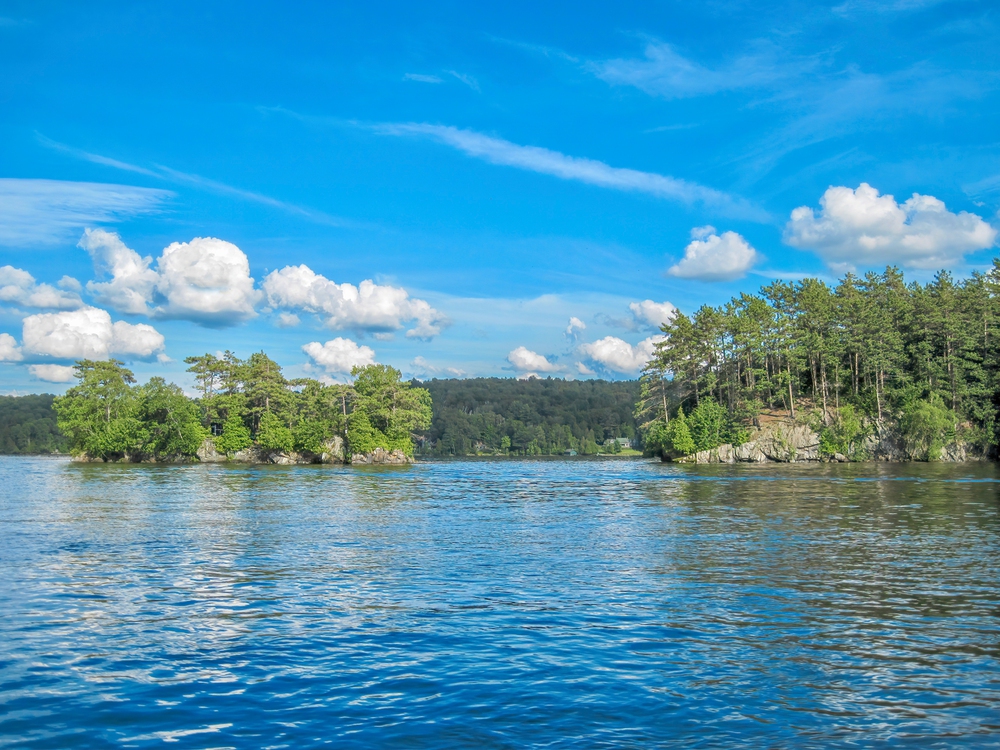
The historic district earned UNESCO recognition for preserving the most complete fortified colonial town in North America, with architecture spanning four centuries of development. Narrow cobblestone streets wind between stone buildings housing artisan shops, cafés, and museums that document the evolution of this crucial settlement.
The district seamlessly blends preservation with vibrant contemporary life, creating a living museum where history feels tangible rather than curated for tourists.
Like Travel Pug’s content? Follow us on MSN.
Château Frontenac’s Iconic Silhouette
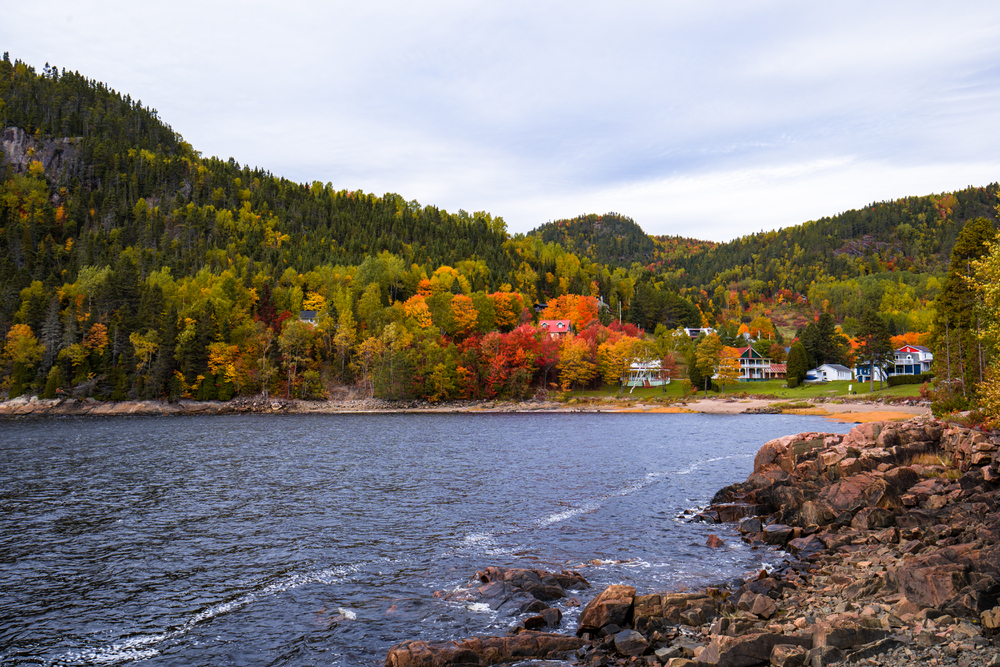
The world’s most photographed hotel dominates Quebec City’s skyline with its fairytale-like copper turrets and imposing limestone facade overlooking the St. Lawrence River. Completed in 1893 as part of the Canadian Pacific Railway’s grand hotel network, the Château’s distinctive silhouette appears in countless photographs, films, and artworks as the definitive symbol of the city.
The hotel’s terrasse offers public access to some of the city’s most magnificent views. At the same time, its lavish interior provides glimpses into the city’s evolution from frontier outpost to a sophisticated cultural hub.
The Culinary Scene Beyond Poutine
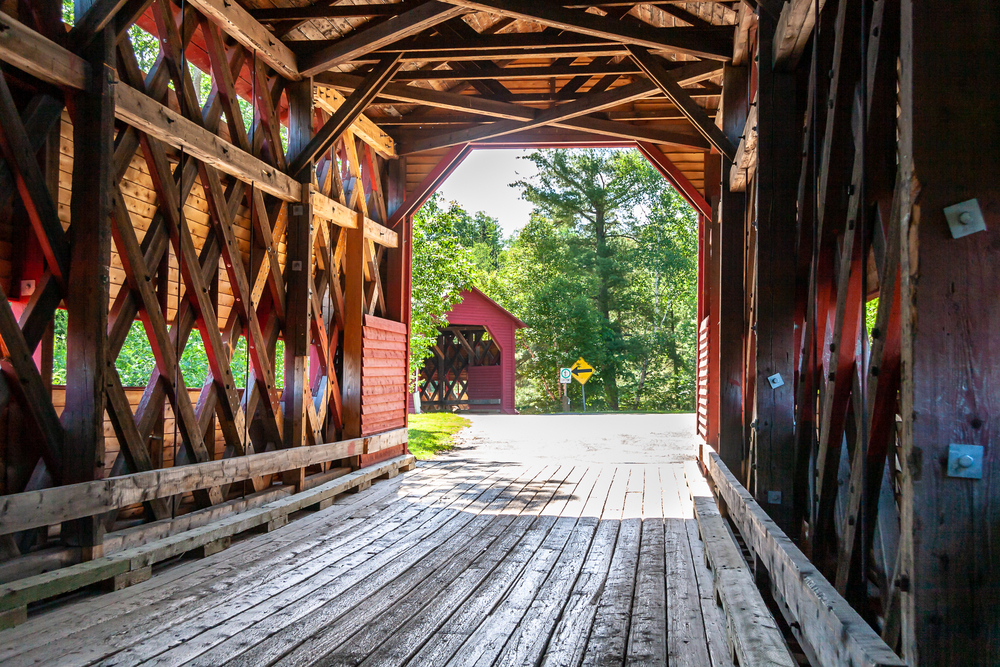
Quebec City’s restaurants showcase French culinary techniques applied to local ingredients with results that rival establishments across the Atlantic. Traditional spots like Aux Anciens Canadiens serve centuries-old recipes like tourtière meat pie and maple-infused dishes in buildings dating from the 1670s.
Contemporary chefs at restaurants like Légende and Laurie Raphaël transform regional ingredients into innovative presentations that have earned international recognition without abandoning their Québécois roots.
Four Distinct Seasons of Beauty
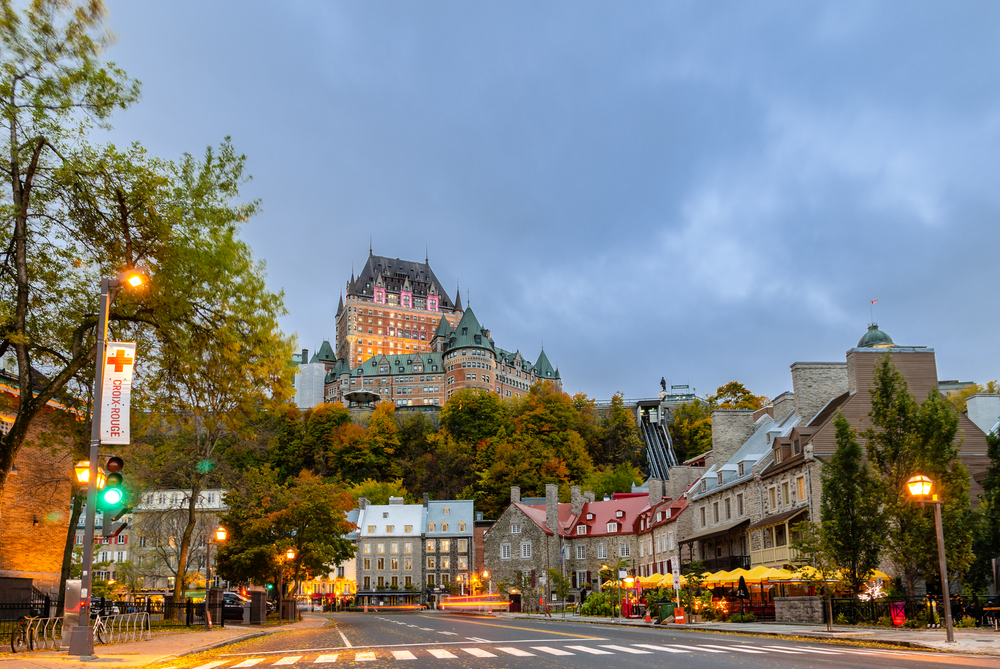
Unlike many North American tourist destinations with a narrow peak season, Quebec City transforms dramatically with each season, offering entirely different experiences throughout the year. Summer brings outdoor dining, street performances, and festivals to the historic district while fall paints the surrounding countryside in spectacular reds and golds.
Winter’s thick snow blanket creates a magical atmosphere for Carnaval festivities, and spring’s awakening brings flowing sap to sugar shacks and flowers to the city’s immaculate parks.
Like Travel Pug’s content? Follow us on MSN.
The Legendary Winter Carnival
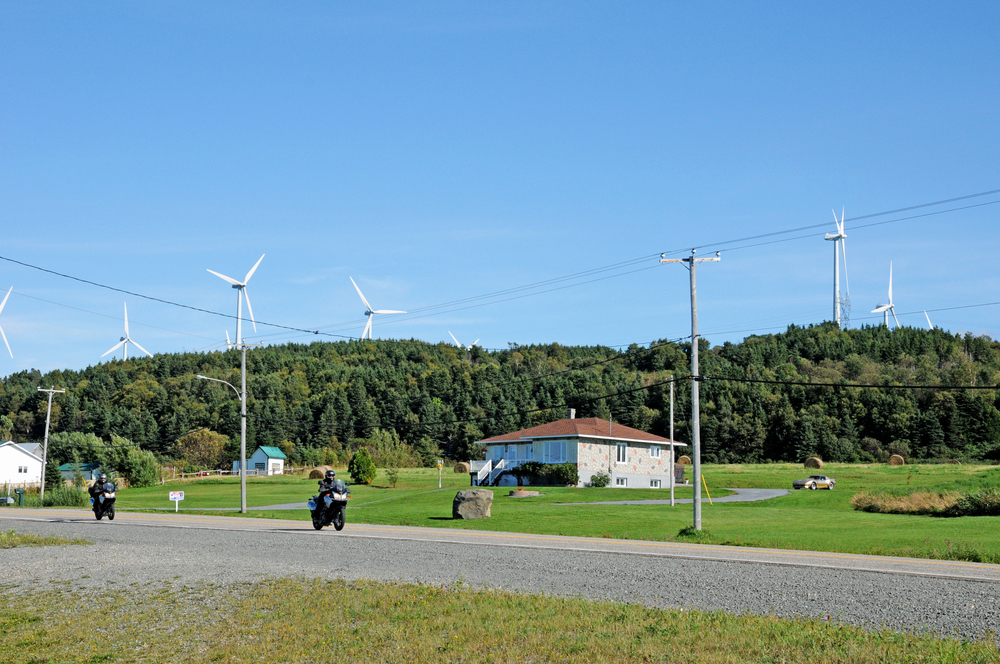
North America’s largest winter festival transforms February’s frigid temperatures into a celebration of cold-weather culture dating back to 1894. The Carnaval features spectacular ice sculptures, night parades with illuminated floats, canoe races across the partially frozen St. Lawrence River, and the iconic Bonhomme snowman serving as ambassador.
Traditional activities like ice fishing, snow baths, and sleigh rides connect visitors with centuries of cold-weather traditions rarely celebrated elsewhere.
Place Royale’s Time Capsule Charm
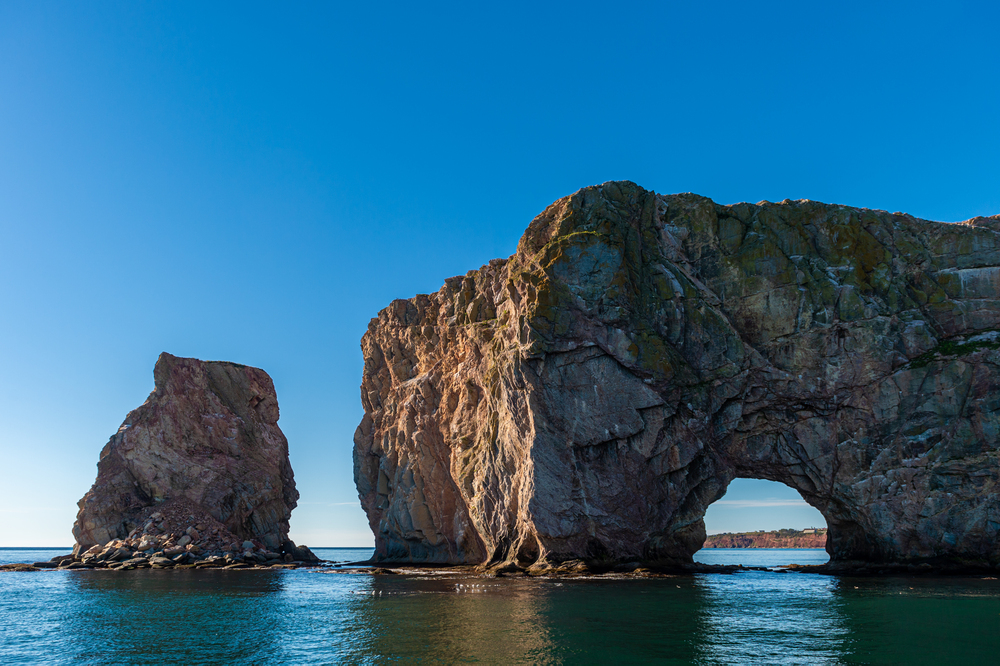
This intimate cobblestone square marks the exact spot where Samuel de Champlain established the first permanent French settlement in North America in 1608. The meticulously restored buildings surrounding the square house museums, shops, and cafés while maintaining architectural details spanning four centuries of continuous occupation.
The square’s Notre-Dame-des-Victoires church, built in 1688, stands as one of North America’s oldest stone churches, its modest facade belying its historical significance.
The Plains of Abraham’s Historical Significance
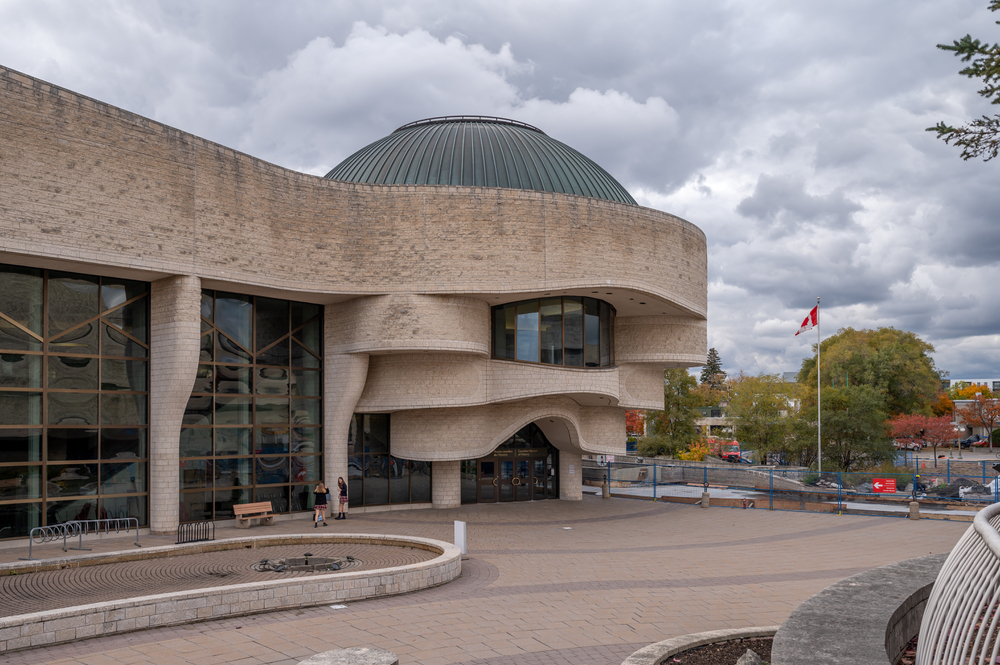
This sprawling urban park witnessed the pivotal 1759 battle that determined North America’s linguistic and cultural future. British forces defeated the French in just 15 minutes of combat.
Today, the 250-acre green space serves as the city’s central park, hosting summer concerts, winter cross-country skiing, and year-round recreational activities against spectacular river views. The park’s museums contextualize this brief but consequential battle within the larger story of New France’s establishment and eventual transition to British control.
Like Travel Pug’s content? Follow us on MSN.
Petit-Champlain District’s Artisan Culture

This pedestrian-friendly quarter at the base of Cape Diamond features some of North America’s narrowest and most atmospheric commercial streets lined with independent boutiques and artisan workshops. Local craftspeople maintain traditional Québécois arts, including glass blowing, leather working, and fine art painting, in studios where visitors can often watch creation processes.
The district’s restoration preserved the human scale of this 17th-century neighborhood while adapting historic buildings to showcase contemporary Quebec creativity.
European Atmosphere Without the Jet Lag

Quebec City delivers cobblestone streets, sidewalk cafés, centuries-old architecture, and immersive French culture without requiring an overseas flight. The cityscape’s dramatic elevation changes, punctuated by staircases and funicular railways, evoke comparisons to European hillside communities in Portugal, Italy, and France.
The seven-hour driving distance from Boston or New York makes this cultural departure accessible for weekend visits, offering European ambiance without passport requirements for American travelers.
The Montmorency Falls’ Natural Spectacle

Just eight miles from downtown stands a waterfall nearly 100 feet higher than Niagara Falls, though narrower and less commercialized. A suspended bridge spanning the falls provides heart-stopping views directly over the cascading water while a cable car offers aerial perspectives of the 272-foot drop.
Winter transforms the falls’ spray into a massive “sugar loaf” cone of ice where experienced climbers ascend frozen water. At the same time, summer visitors appreciate refreshing mist and thundering acoustics from observation platforms.
Like Travel Pug’s content? Follow us on MSN.
The Île d’Orléans’ Agricultural Heritage

This 20-mile-long island in the St. Lawrence River preserves agricultural traditions dating back to New France’s earliest settlements in the 1600s. Family farms, vineyards, cider houses, and maple sugar operations welcome visitors along the circular route connecting six distinct villages with church spires marking their centers.
The island’s microclimate and rich soil produce exceptional strawberries, apples, potatoes, and wines featured prominently on Quebec City restaurant menus as evidence of the region’s terroir.
Year-Round Festival Culture
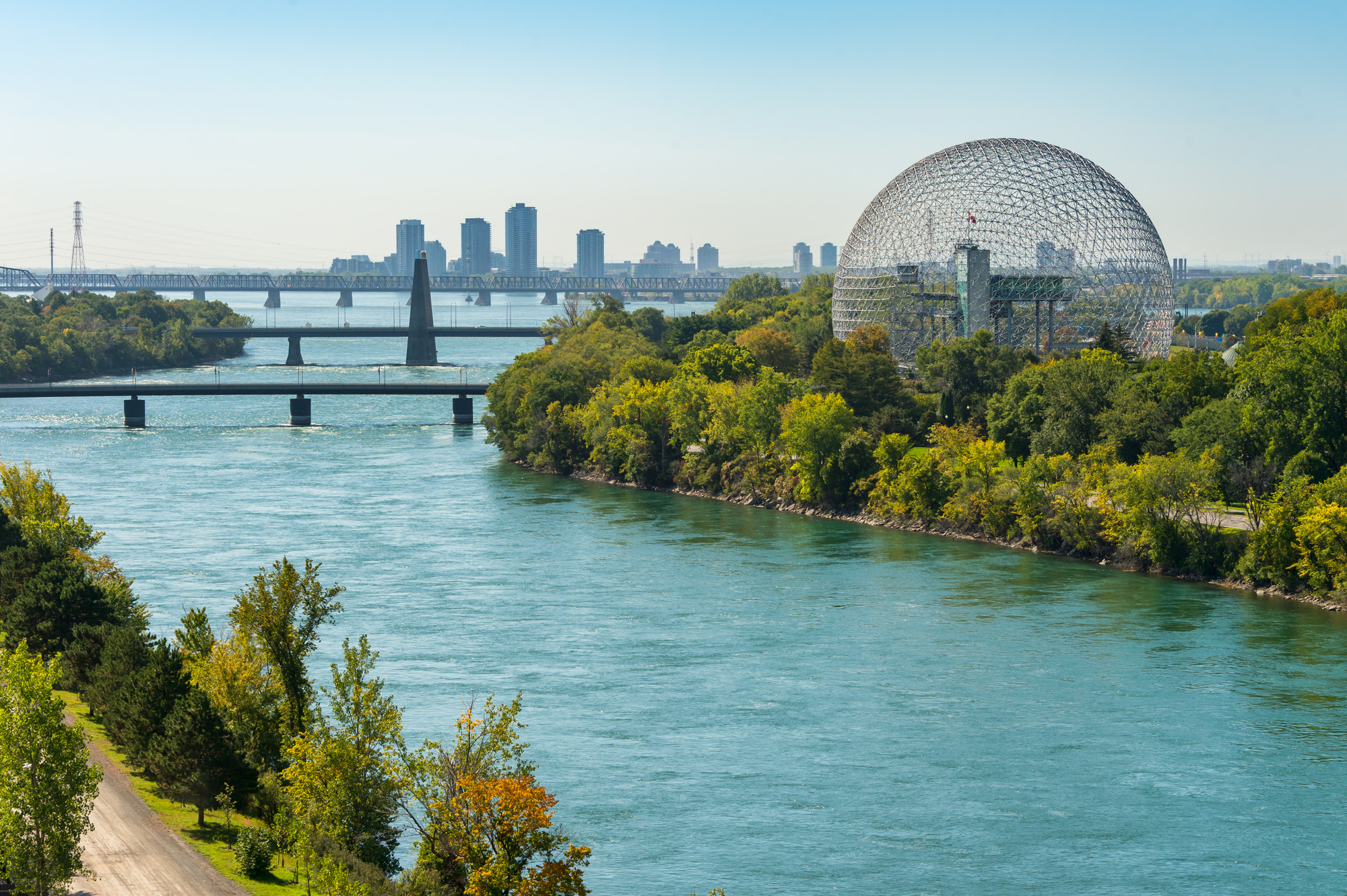
Quebec City embraces community celebration through numerous festivals spanning all seasons and interests, from high culture to folk traditions. The Summer Festival brings hundreds of musical performances to indoor and outdoor venues across the city, while the New France Festival resurrects colonial-era costumes, cuisine, and customs each August.
Literary, film, and culinary festivals maintain cultural energy during shoulder seasons, ensuring visitors find community celebrations regardless of when they visit.
The Ice Hotel’s Frozen Artistry
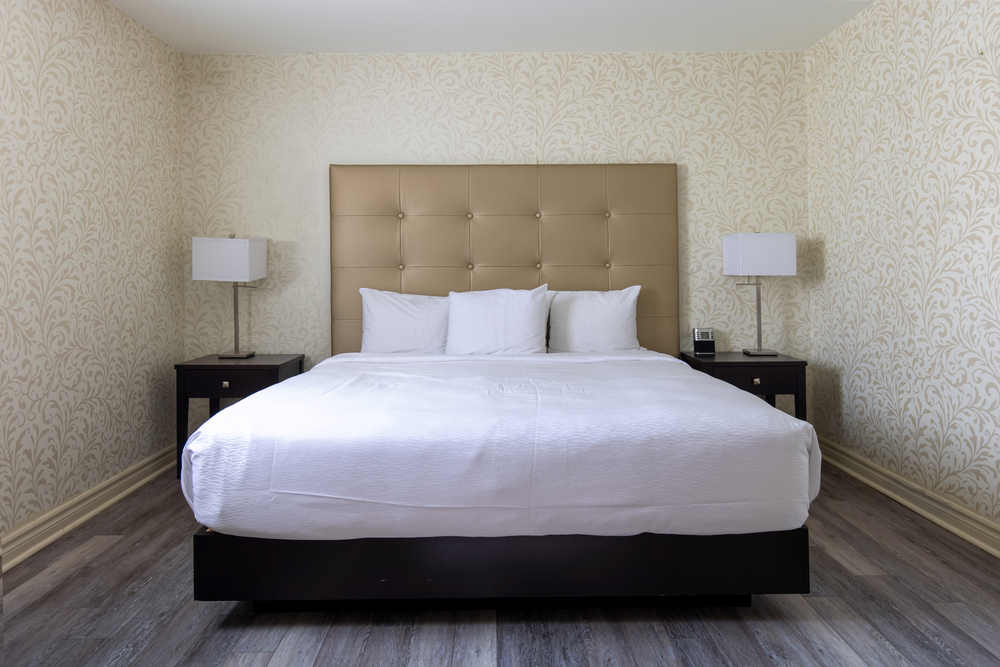
Each winter, artists and engineers construct North America’s only ice hotel using 30,000 tons of snow and 500 tons of ice to create sleeping rooms, bars, and public spaces maintained at a constant 23°F. Intricate sculptures, furniture, and architectural details emerge from snow and ice, only to vanish with the thaw each spring.
The hotel’s ice bar serves cocktails in glasses made from ice while beds constructed from snow blocks topped with deer pelts and Arctic-rated sleeping bags ensure guests remain comfortable despite the frigid setting.
Like Travel Pug’s content? Follow us on MSN.
The City’s Remarkable Vertical Geography

Quebec City unfolds across dramatic elevation changes, creating distinct upper and lower towns connected by the iconic Breakneck Stairs (Escalier Casse-Cou) and the funicular railway climbing Cape Diamond’s steep cliff. This verticality creates constantly shifting perspectives as visitors traverse between the multilevel layout of the city, revealing new views around every corner.
The city’s adaptation to these natural contours through terraced streets and multilevel architecture contributes to its distinctive character among North American urban landscapes.
Accessible Wilderness Adventures

Within 30 minutes of downtown, visitors can access boreal forest experiences during winter months, including dogsledding, snowshoeing, ski resorts, and ice fishing. Summer transforms these same areas into hiking territories, mountain biking terrain, and paddling routes along rivers feeding the St. Lawrence.
The Jacques-Cartier National Park offers genuine wilderness immersion under International Dark Sky protection, where moose, beaver, and black bear roam landscapes seemingly untouched since the first European explorers arrived.
The Architectural Preservation Success Story
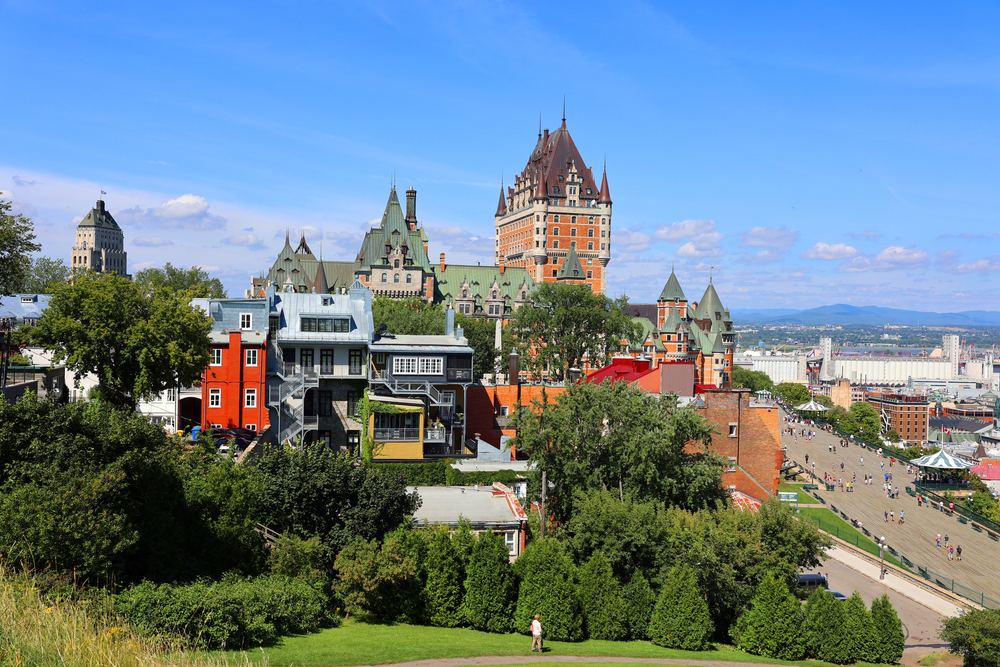
Unlike many North American cities that lost historic districts to urban renewal projects, Quebec City successfully preserved its architectural heritage through early protective legislation and restoration initiatives. Buildings from the French Regime (1608-1759), British Period (1760-1867), and early Canadian era stand in remarkable condition due to continuous use and careful maintenance rather than reconstruction.
This authentic preservation creates a living historical environment where visitors experience genuine historical continuity rather than recreated heritage.
Like Travel Pug’s content? Follow us on MSN.
The Exceptional Local Craft Beer Scene
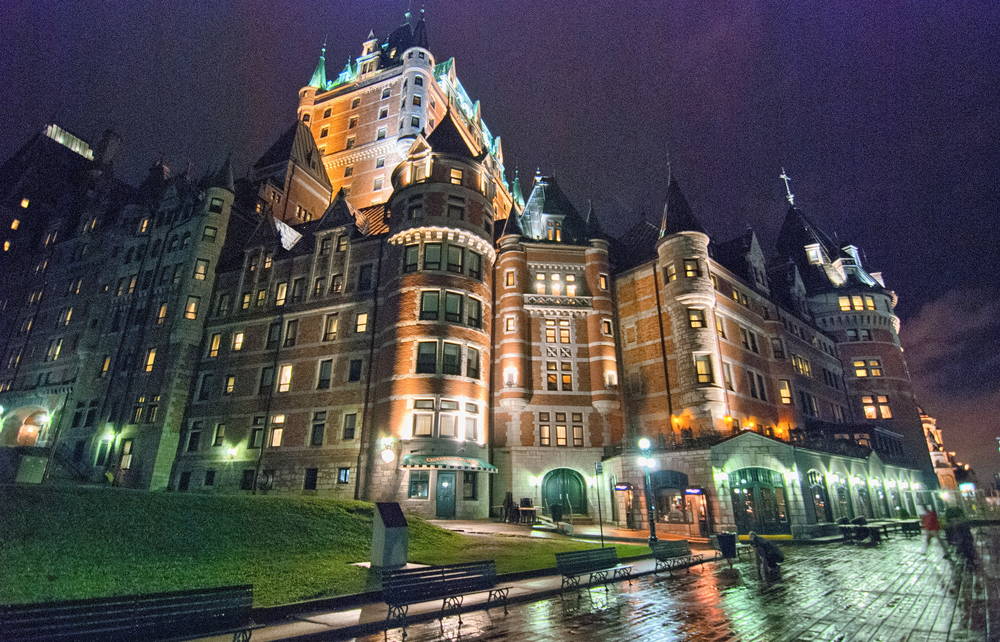
Quebec City embraces craft brewing with distinctive styles influenced by Belgian traditions, local ingredients, and francophone brewing philosophy that differs from American craft approaches. Microbreweries like La Korrigane, Noctem, and La Barberie produce exceptional offerings in historical buildings repurposed as community gathering spaces that welcome visitors.
Beer aficionados appreciate tasting opportunities ranging from classic European styles to uniquely Québécois creations incorporating maple, local fruits, and innovative fermentation techniques.
The Surprising Literary Heritage
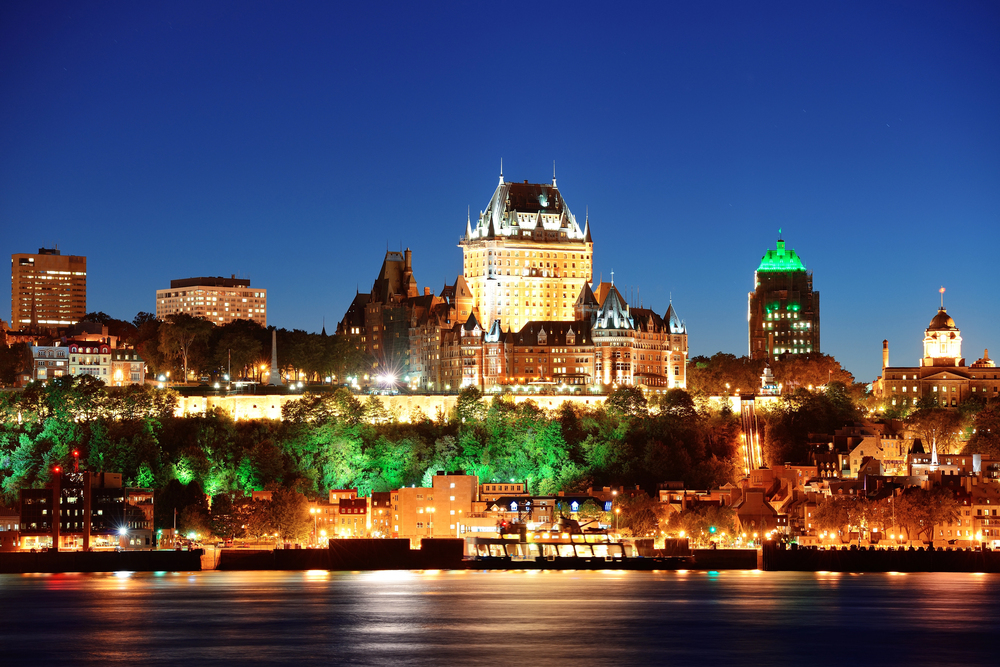
The city has fostered significant literary voices, including Anne Hébert, Marie-Claire Blais, and Philippe-Joseph Aubert de Gaspé, whose works capture Quebec’s distinct cultural evolution. Literary walking tours connect physical locations with their fictional representations in novels, poems, and plays that document the French-Canadian experience.
The Literary and Historical Society of Quebec, founded in 1824, maintains North America’s oldest literary institution and library in the historic Morrin Centre, formerly the city’s first prison.
The Reveillon Holiday Traditions
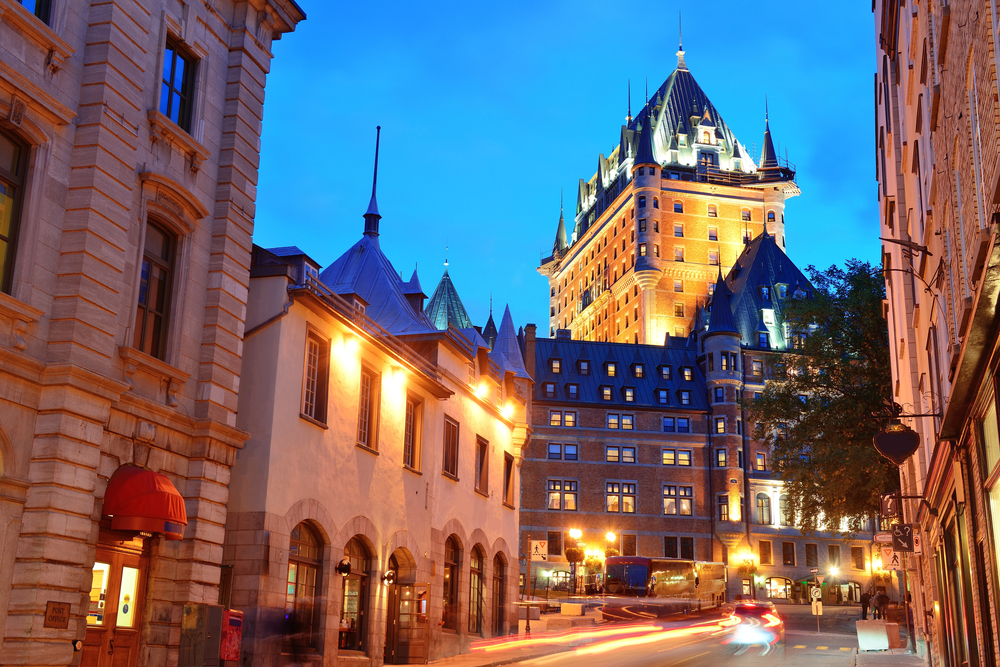
Quebec City’s Christmas and New Year’s celebrations maintain distinctive traditions blending French, British, and indigenous influences into unique cultural expressions. The German-inspired Christmas market transforms the Old Port into a wonderland of lights, artisan crafts, and traditional foods, while historic churches offer midnight masses featuring exceptional choral music.
The réveillon feast traditionally follows Christmas Eve mass, featuring tourtière meat pie, raised meat pies, and maple-infused desserts that connect modern celebrations with centuries of Québécois holiday customs.
Like Travel Pug’s content? Follow us on MSN.
A Culture of Four-Season Outdoor Living
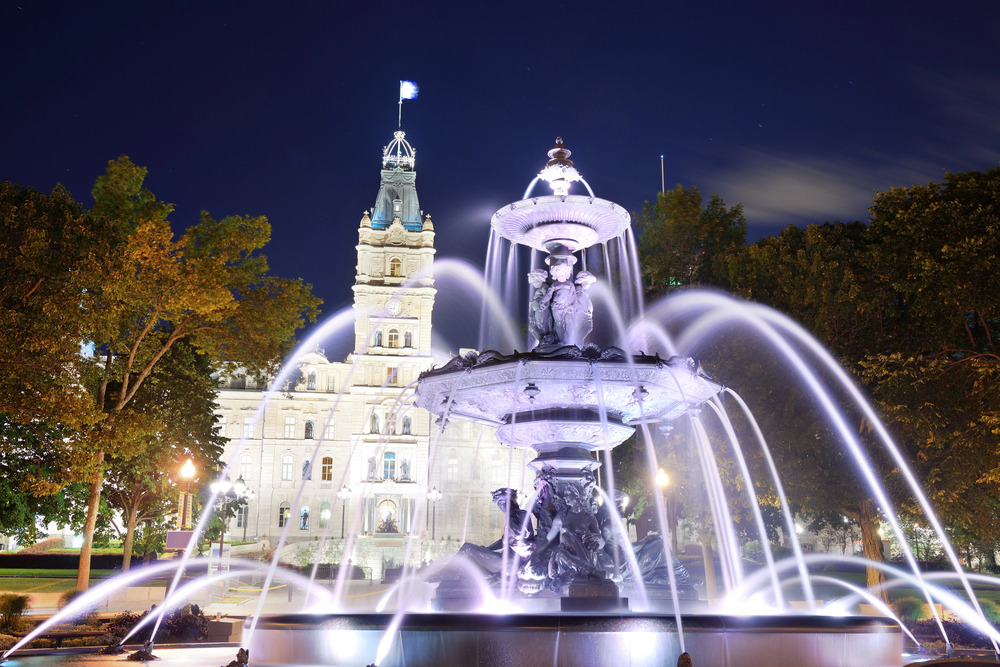
Quebec City offers a genuine cultural alternative within North America—a place where language, architecture, cuisine, and daily rituals follow different evolutionary paths than those of predominantly anglophone cities. This distinctiveness provides American and Canadian visitors with cultural immersion and perspective-shifting experiences typically requiring international travel.
The city’s remarkable preservation, living traditions, and continued cultural vitality make it not merely a historical curiosity but a vibrant contemporary community still connected to its unique foundations. Quebec City’s greatest charm lies in remaining somewhat under-discovered, allowing those who do visit to feel they’ve happened upon a magnificent secret hiding in plain sight.
More from Travel Pug

- Cities Growing so Fast You Won’t Recognize Them in 10 Years
- 13 Destinations Where Tourists Regularly Regret Their Trip
- 16 U.S. Cities That Are Quietly Becoming Travel Hotspots
- Where to Travel If You Love Long Bus Rides and Daydreams
- 20 Cities Perfect for Solo Travelers Who Crave Adventure & Culture
Like Travel Pug’s content? Follow us on MSN.
